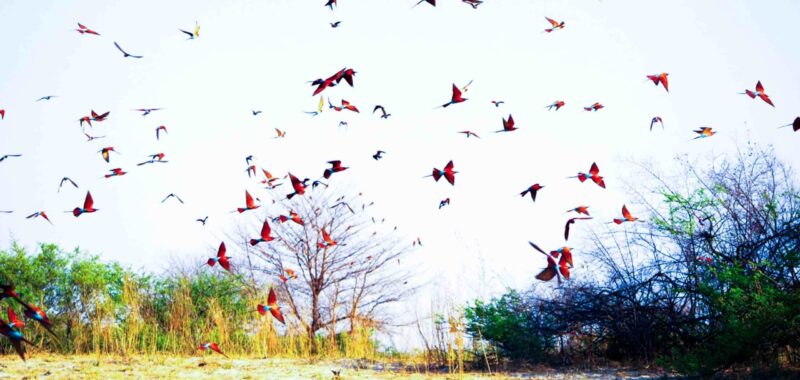One final border crossing, over the elegant iron span of the 120-year-old Victoria Falls Bridge, and I was back in Zimbabwe, in the town of Victoria Falls. Just as in Livingstone, human/wildlife conflict is a problem, particularly with elephants and lions crop- and livestock-raiding, and injuring, even killing, local people. Zambezi National Park rubs right up against the town. It’s convenient for safaris—I spent a fine afternoon game-driving amid zebra and dust-bathing elephants—but not for those living on its edges. This is something the Victoria Falls Wildlife Trust knows all too well. Focused on wildlife rescue, conservation education, conflict mitigation and even countering crime, it’s partnered with the Kavango Zambezi to train rangers and researchers to improve wildlife crime scene investigations.
I joined a tour of its HQ, just outside town, where scientists were staring down microscopes in the lab; testing ivory to locate poaching hotspots, tracking poisonings via toxicology analysis, and using DNA to inform animal translocations—for instance, examining genetics of rhino in different populations to see which animals could be moved to increase genetic variability. They also analyze meat samples seized from poachers—different species incur different penalties. It’s the only lab in the Kavango Zambezi that deals with wildlife forensics too; like the TFCA, the Trust too works beyond borders.
And seamless borders is what this is about. Traveling around this region, I sometimes felt the Kavango Zambezi might almost be too vast for its own good. Almost. It’s imperfect and, at ground-level, often unknown; international cooperation is complex; there’s much to do. But then, don’t we need to think big to save the world?

